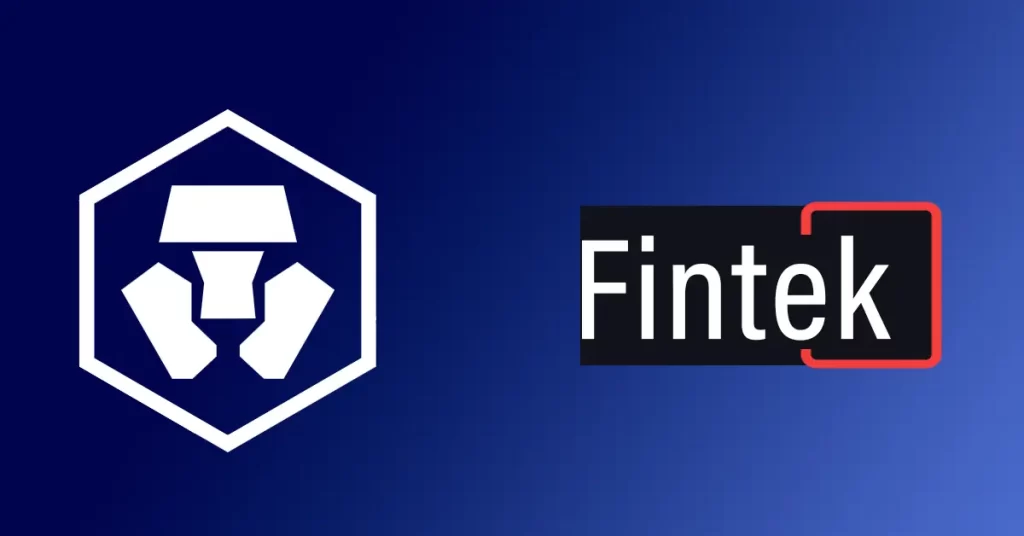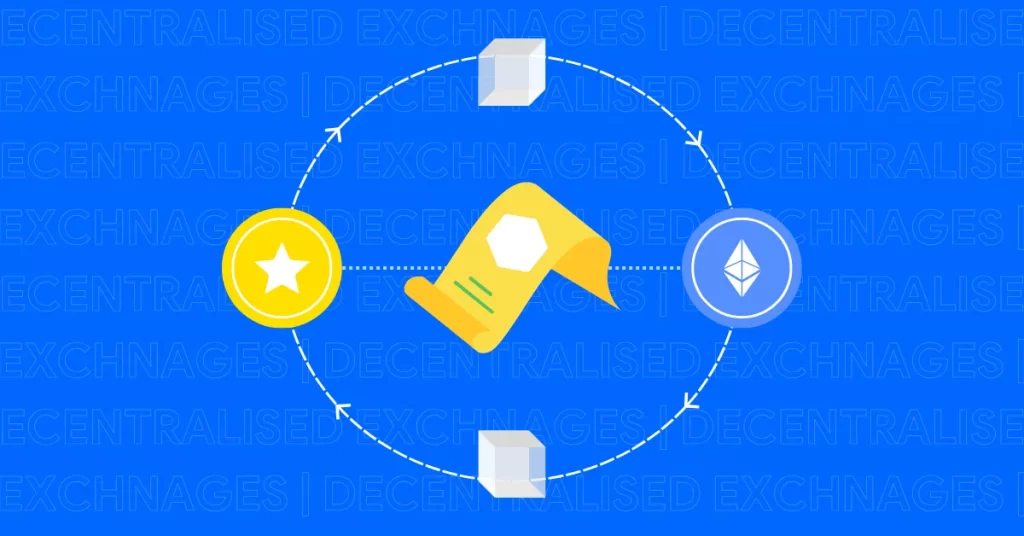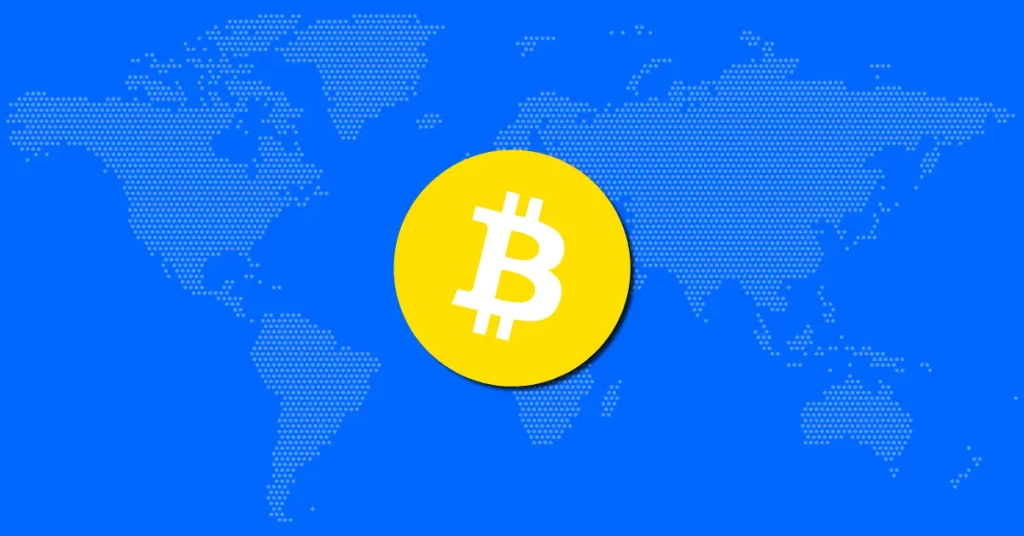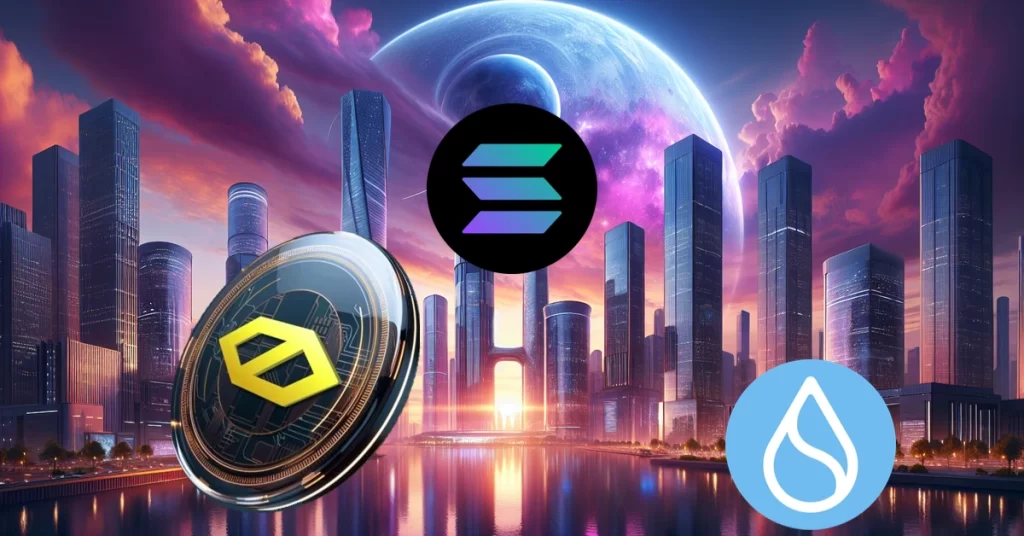La maggior parte ha letto le notizie
Leggi la dichiarazione di non responsabilità : Tutti i contenuti forniti nel nostro sito Web, i siti con collegamento ipertestuale, le applicazioni associate, i forum, i blog, gli account dei social media e altre piattaforme ("Sito") sono solo per le vostre informazioni generali, procurati da fonti di terze parti. Non rilasciamo alcuna garanzia di alcun tipo in relazione al nostro contenuto, incluso ma non limitato a accuratezza e aggiornamento. Nessuna parte del contenuto che forniamo costituisce consulenza finanziaria, consulenza legale o qualsiasi altra forma di consulenza intesa per la vostra specifica dipendenza per qualsiasi scopo. Qualsiasi uso o affidamento sui nostri contenuti è esclusivamente a proprio rischio e discrezione. Devi condurre la tua ricerca, rivedere, analizzare e verificare i nostri contenuti prima di fare affidamento su di essi. Il trading è un'attività altamente rischiosa che può portare a perdite importanti, pertanto si prega di consultare il proprio consulente finanziario prima di prendere qualsiasi decisione. Nessun contenuto sul nostro sito è pensato per essere una sollecitazione o un'offerta
Adana Escort
Adıyaman Escort
Afyonkarahisar Escort
Ağrı Escort
Aksaray Escort
Amasya Escort
Ankara Escort
Antalya Escort
Ardahan Escort
Artvin Escort
Aydın Escort
Balıkesir Escort
Bartın Escort
Batman Escort
Bayburt Escort
Bilecik Escort
Bingöl Escort
Bitlis Escort
Bolu Escort
Burdur Escort
Bursa Escort
Çanakkale Escort
Çankırı Escort
Çorum Escort
Denizli Escort
Diyarbakır Escort
Düzce Escort
Edirne Escort
Elazığ Escort
Erzincan Escort
Erzurum Escort
Eskişehir Escort
Gaziantep Escort
Giresun Escort
Gümüşhane Escort
Hakkari Escort
Hatay Escort
Iğdır Escort
Isparta Escort
İstanbul Escort
İzmir Escort
Kahramanmaraş Escort
Karabük Escort
Karaman Escort
Kars Escort
Kastamonu Escort
Kayseri Escort
Kırıkkale Escort
Kırklareli Escort
Kırşehir Escort
Kilis Escort
Kocaeli Escort
Konya Escort
Kütahya Escort
Malatya Escort
Manisa Escort
Mardin Escort
Mersin Escort
Muğla Escort
Muş Escort
Nevşehir Escort
Niğde Escort
Ordu Escort
Osmaniye Escort
Rize Escort
Sakarya Escort
Samsun Escort
Siirt Escort
Sinop Escort
Sivas Escort
Şanlıurfa Escort
Şırnak Escort
Tekirdağ Escort
Tokat Escort
Trabzon Escort
Tunceli Escort
Uşak Escort
Van Escort
Yalova Escort
Yozgat Escort
Zonguldak Escort


















